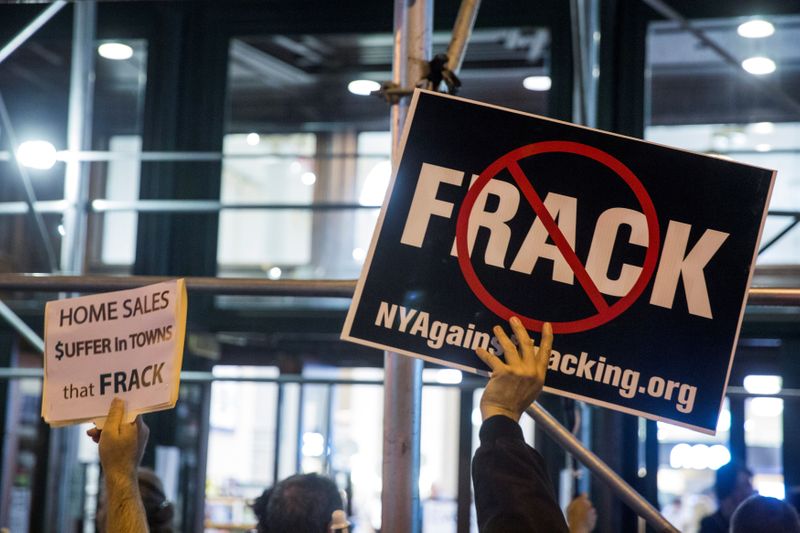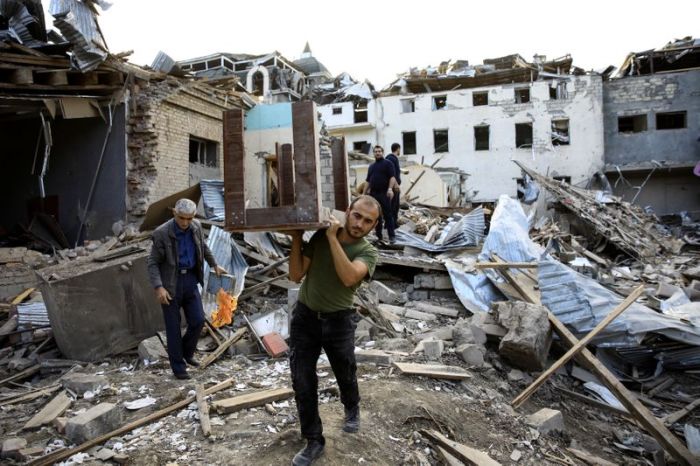(Reuters) – Radiation levels downwind of U.S. hydraulic fracturing drilling sites tend to be significantly higher than background levels, posing a potential health risk to nearby residents, according to a study by Harvard researchers released on Tuesday.
The study, published in the journal Nature, adds to controversy over the drilling method known as fracking, which has helped the United States become the world’s biggest oil and gas producer over the past decade but which environmentalists say threatens water and air.
President Donald Trump supports fracking because of its economic benefits, and his Democratic rival Joe Biden has promised to continue to allow it if elected even though he aims to impose an ambitious plan to fight climate change.
Areas within 20 kilometers (12 miles) downwind of 100 fracking wells tend to have radiation levels that are about 7% above normal background levels, according to the study, which examined thousands of the U.S. Environmental Protection Agency’s radiation monitor readings nationwide from 2011 to 2017.
The study showed readings can go much higher in areas closer to drill sites, or in areas with higher concentrations of drill sites.
“The increases are not extremely dangerous, but could raise certain health risks to people living nearby,” said the study’s lead author, Petros Koutrakis.
Radioactive particles can be inhaled and increase the risk of lung cancer.
Koutrakis said the source of the radiation is likely naturally-occurring radioactive material brought up to the surface in drilling waste fluids during fracking, a process that pumps water underground to break up shale formations.
The study found the biggest increases in radiation levels near drill sites in states like Pennsylvania and Ohio that have higher concentrations of naturally occurring radioactive material beneath the surface, and lower readings in places like Texas and New Mexico that have less.
It also found less pronounced increases in particle radiation levels near conventional drilling operations.
Koutrakis said further study was needed to determine whether the radiation was being released during the drilling process, or from wastewater storage nearby.
“Our hope is that once we understand the source more clearly, there will be engineering methods to control this,” he said.
(Reporting by Richard Valdmanis; Editing by Marguerita Choy)

























